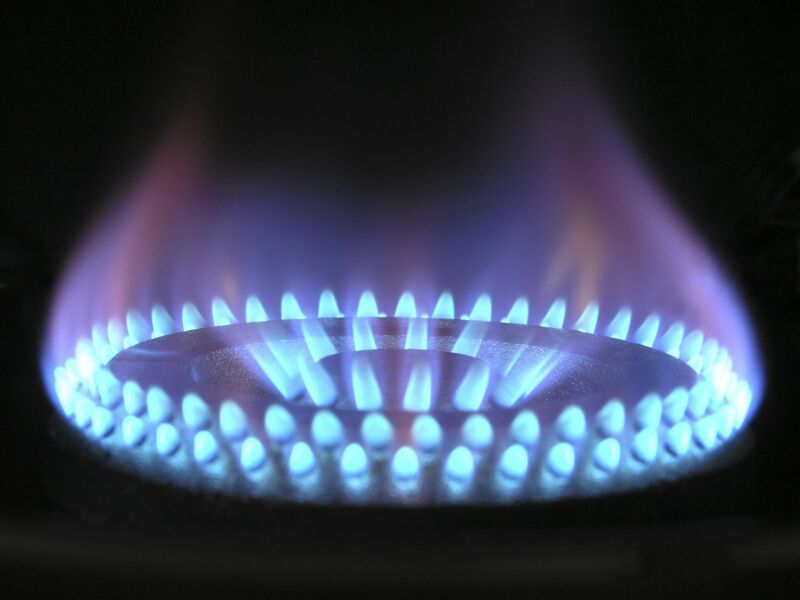
On February 7, in a Barchart article that asked, “How low can natty gas go,” I wrote:
Natural gas is a volatile energy commodity that tends to take no prisoners when it decides to move higher or lower. One of the most significant factors for the path of least resistance of prices is if the market becomes overly long or short. In February 2024, speculators are short. The extent of those risk positions could determine the path of least resistance of prices and if the energy commodity could stage a substantial rally over the coming weeks and months.
Natural gas’s penchant for price variance means all risk positions require a plan with risk-reward horizons. While altering the plan’s dynamics when natural gas prices move in the anticipated direction is acceptable, adjust stops to protect profits and capital. When the move is contrary to expectations, take your lumps and start over, as a small loss is far better than a catastrophic one.
On February 7, nearby NYMEX natural gas futures were at the $2 per MMBtu level, and the bearish price action continued into March, with the nearby NYMEX futures price around the $1.70 per MMBtu level on March 27.
The withdrawal season is ending with stocks at the highest level in years
On March 21, 2024, the EIA reported the first natural gas injection into storage of the 2024 season.

Source: EIA
As the chart highlights, seven bcf flowed into storage across the United States for the week ending on March 15, 2024. While the consensus estimates for the week ending on March 22 is for inventories to decline, the 2023/2024 withdrawal season will likely end with over 2.35 trillion cubic feet of natural gas in storage the previous week. The last end-of-season high was in 2020 when natural gas stocks peaked at 1.986 trillion cubic feet. At 2.332 tcf on March 15, inventories were 21.4% above the previous year and 41% over the five-year average for mid-March.
The high level of stocks has been bearish for NYMEX Henry Hub natural gas futures prices.
The trend remains bearish
After reaching a high of over $10 per MMBtu in August 2022, NYMEX natural gas prices plunged.

As the twenty-year chart shows, after reaching its highest price since 2008, the NYMEX natural gas futures price fell off the side of a bearish cliff, reaching its most recent low at $1.522 per MMBtu in February 2024. The nearly 85% decline took the energy commodity to its lowest price since June 2020, when the energy commodity reached a twenty-five-year low at $1.44 per MMBtu. The potential for a lower multi-decade low remains high at around the $1.70 level in late March 2024.
Open interest warns that becoming too bearish could be dangerous
The natural gas futures market is highly volatile.

As the twenty-year chart illustrates, historical volatility at 47.38% reflects the wide price swings. The price variance metric rose to nearly 100% in early 2023 when natural gas prices plunged from the August 2022 high. Volatile markets tend to attract trend-following speculators.
Open interest measures the total number of open long and short positions in a futures market. At over 1.54 million contracts in late March, open interest in the natural gas futures market is near a historical high. The metric reached a record high of over 1.622 million contracts in September 2018. The high open interest level could reflect an overabundance of speculative short positions, which could be the most bullish factor for the natural gas futures market at the start of the 2024 injection season.
New multi-decade lows are possible
Natural gas futures began trading on the CME’s NYMEX division in 1990.

The chart highlights critical technical support is at the 2020 $1.44 low. Below there, the all-time bottom was at the January 1992 $1.04 per MMBtu low.
The downside is not limited to zero, as we learned in the crude oil futures market in April 2020 when the market ran out of storage capacity, and the petroleum price on NYMEX fell to negative $40.32 per barrel during the nearby contract’s delivery period. Therefore, there is a potential for further declines with inventories at a historically high level.
Natural gas requires extreme discipline
Volatile markets offer significant profit potential but have significant commensurate risks. Therefore, trading natural gas requires a clear risk-reward plan and the discipline to stick to a predetermined program to protect capital.
It is never appropriate to exceed stop levels when the price moves contrary to expectations. However, adjusting profit horizons when the price moves in the anticipated direction is acceptable. When increasing profit horizons, stop levels should also change to reflect the change in market conditions.
Market participants must remember that risk positions are always at the current market price and not the original execution price in all markets, and volatile natural gas is no exception. While the fundamentals remain bearish, an overabundance of short positions could cause a sudden and violet recovery rally in the blink of an eye. Be careful in natural gas, as it is a market that takes no prisoners when it decides to move higher or lower.
More Energy News from Barchart
- Is This Standout Natural Gas Stock a Buy for Its 7% Yield?
- 3 EV Stocks Analysts Like Better Than Tesla
- Dollar Strength and Increased Russian Fuel Exports Undercuts Crude
- Nat-Gas Prices Sink to 3-3/4 Year Low on Abundant Supplies







